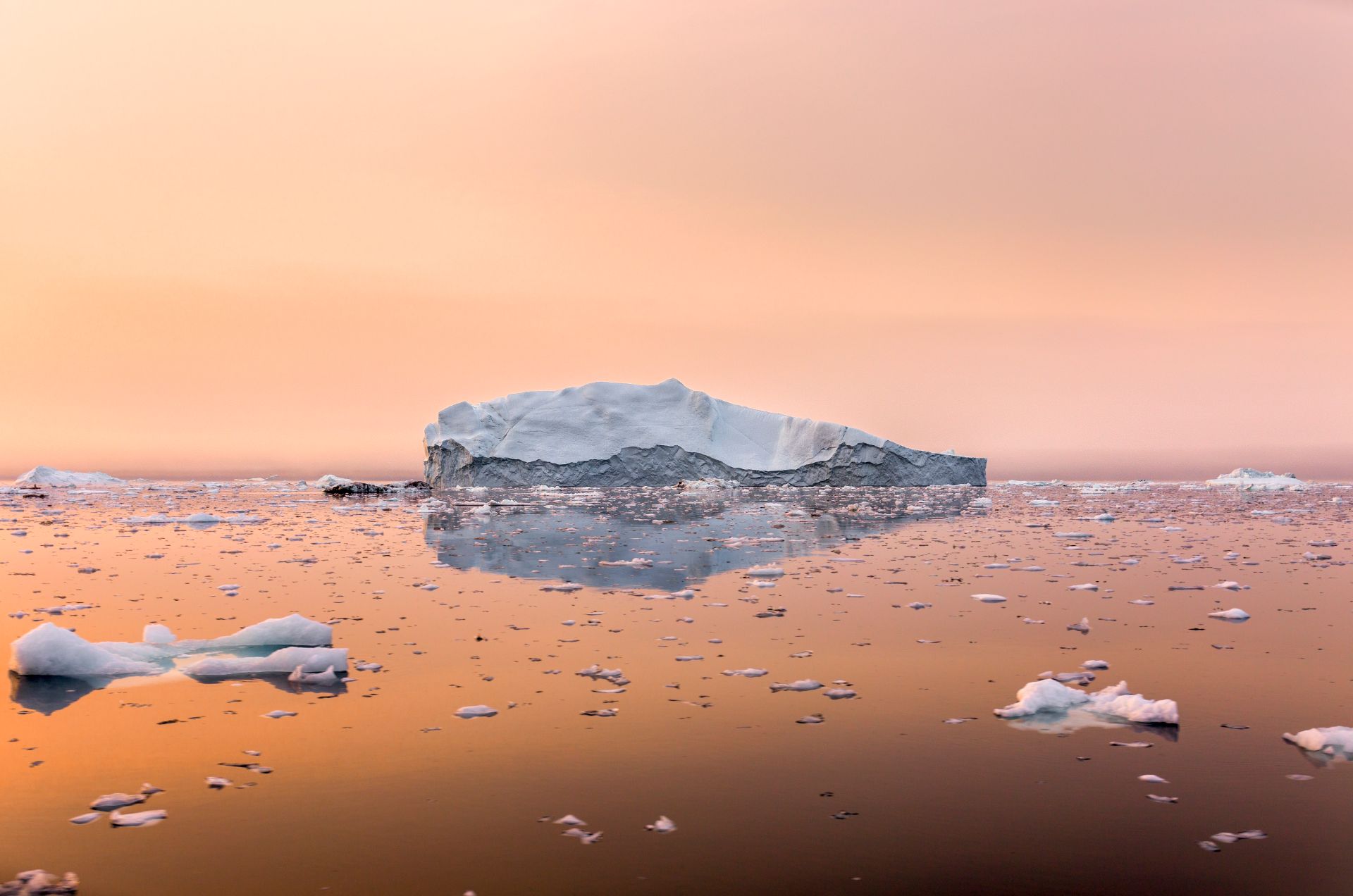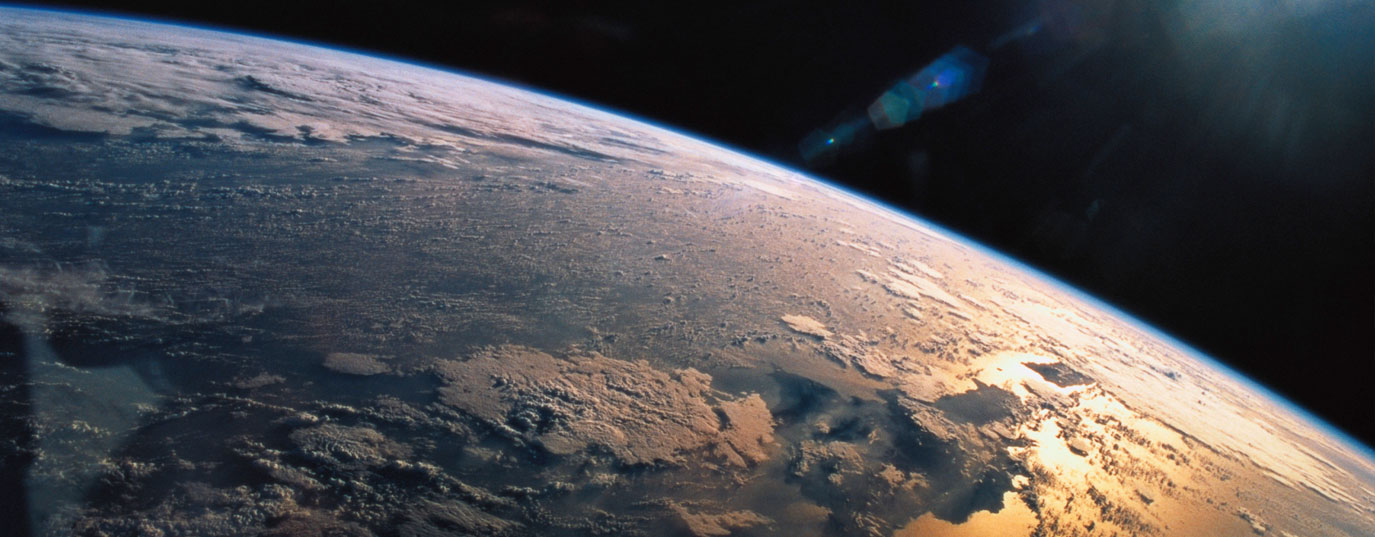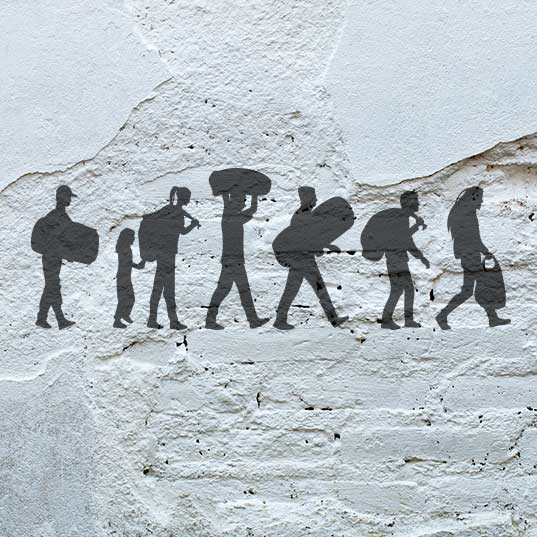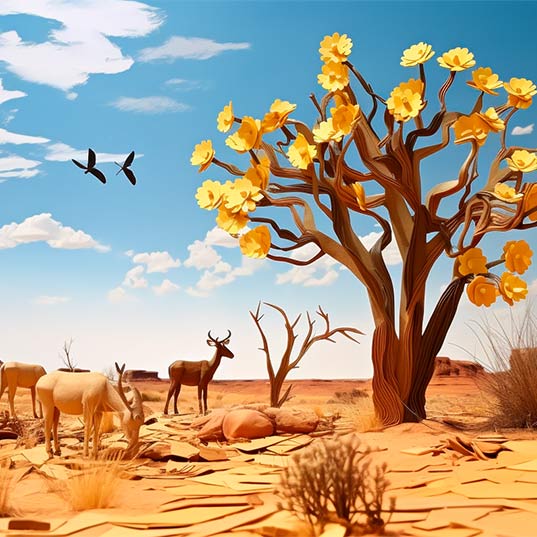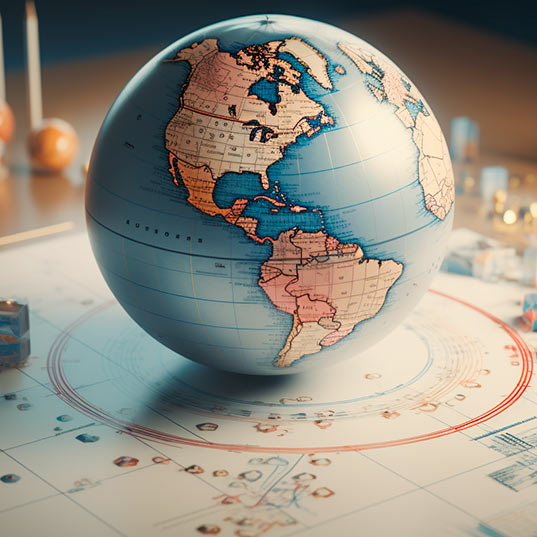What will the world look like 100 years from now? Climate change in the year 2100
By the year 2100, the planet may be very different to how we know it today. It all depends on the climate policies being implemented to limit greenhouse gas emissions and temperature rise. The effects of climate change open up a variety of scenarios depending on the actions taken.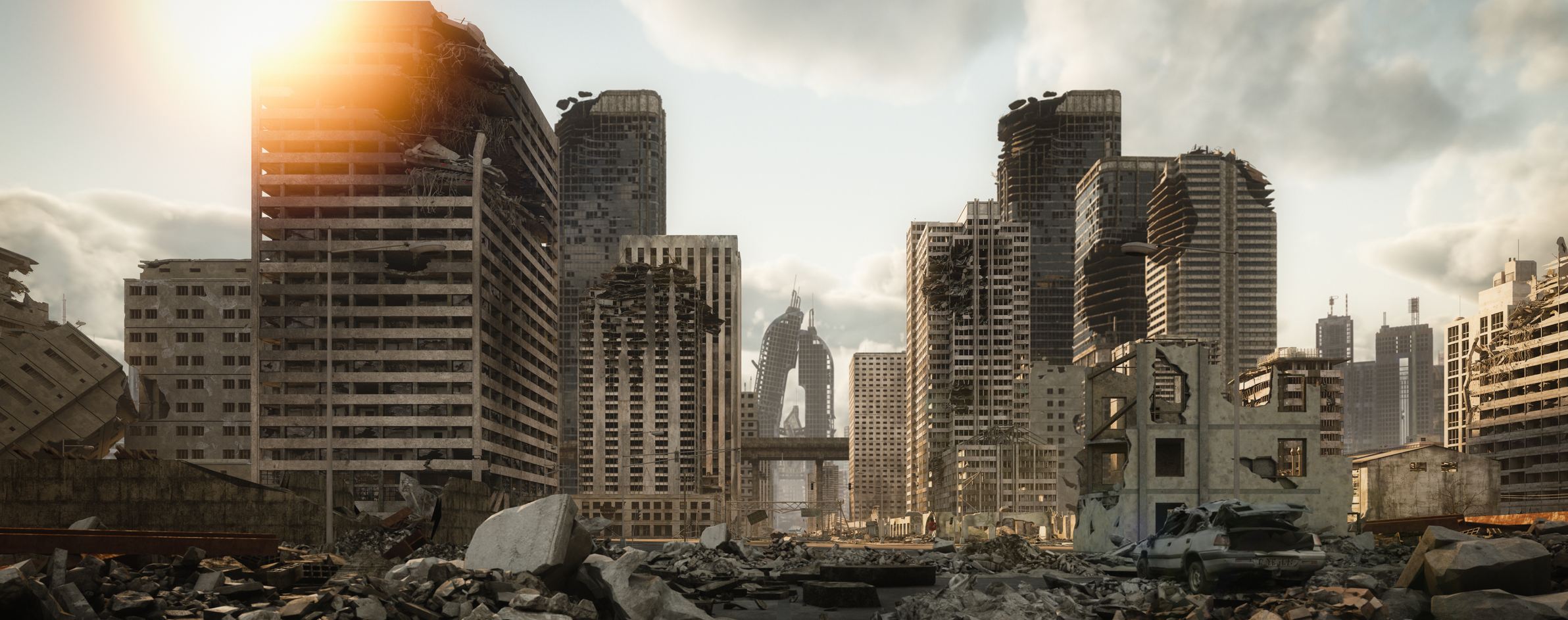
It is useless to try to predict the climate change that is coming. But the future, though intrinsically uncertain, is not entirely unknown. What can happen with climate change will depend on the decisions made by governments, businesses and civil society. In this article, we will approach the different climate scenarios that can occur depending on the measures being taken to combat it.
Since the beginning of the century, the scientific community has been warning of the consequences for our planet of rising temperatures due to rising greenhouse emissions. We are already experiencing the effects of global warming. How devastating they are is in our hands. In what climate scenario do we want to see ourselves at the end of the century?
The most desirable scenario: 1.5°C increase
In the last century, our planet has undergone a dramatic rise in temperature due to climate change: 1°C since the pre-industrial period. At present, the best scenario we can aspire to – and for which we must work – is what would happen if we managed to limit warming to 1.5°C above pre-industrial levels by 2100.
To achieve this climate scenario, greenhouse gas emissions must be reduced rapidly in the coming years and reduced to zero by mid-century. Without a doubt, the role of renewable energies and plans such as the Green Recovery will be fundamental. In addition, radical measures are needed to replace fossil fuels in transport or to improve food production and avoid waste, promoting sustainable development.
IPCC warnings: What happens if we limit the increase to 2°C
In the Paris Agreement, ratified in 2015, most countries in the world (196 parties, to be more exact) agreed to keep the global temperature rise below 2°C and to make efforts to limit it to 1.5°C. Five years have passed since the agreement to mitigate the effects of climate change was ratified and not all of its goals seem to be being met.
The IPCC has already warned of the terrible consequences that would occur if the increase reached this half-degree of a difference, and went up to 2°C. Some 37 % of the world's population would be exposed to extreme heatwaves and 410 million people would suffer from drought and lack of water. Every 10 years we would see a summer without ice in the Arctic, sea-levels would rise by 46 centimetres and thousands of species would disappear with devastating effects on life on Earth.
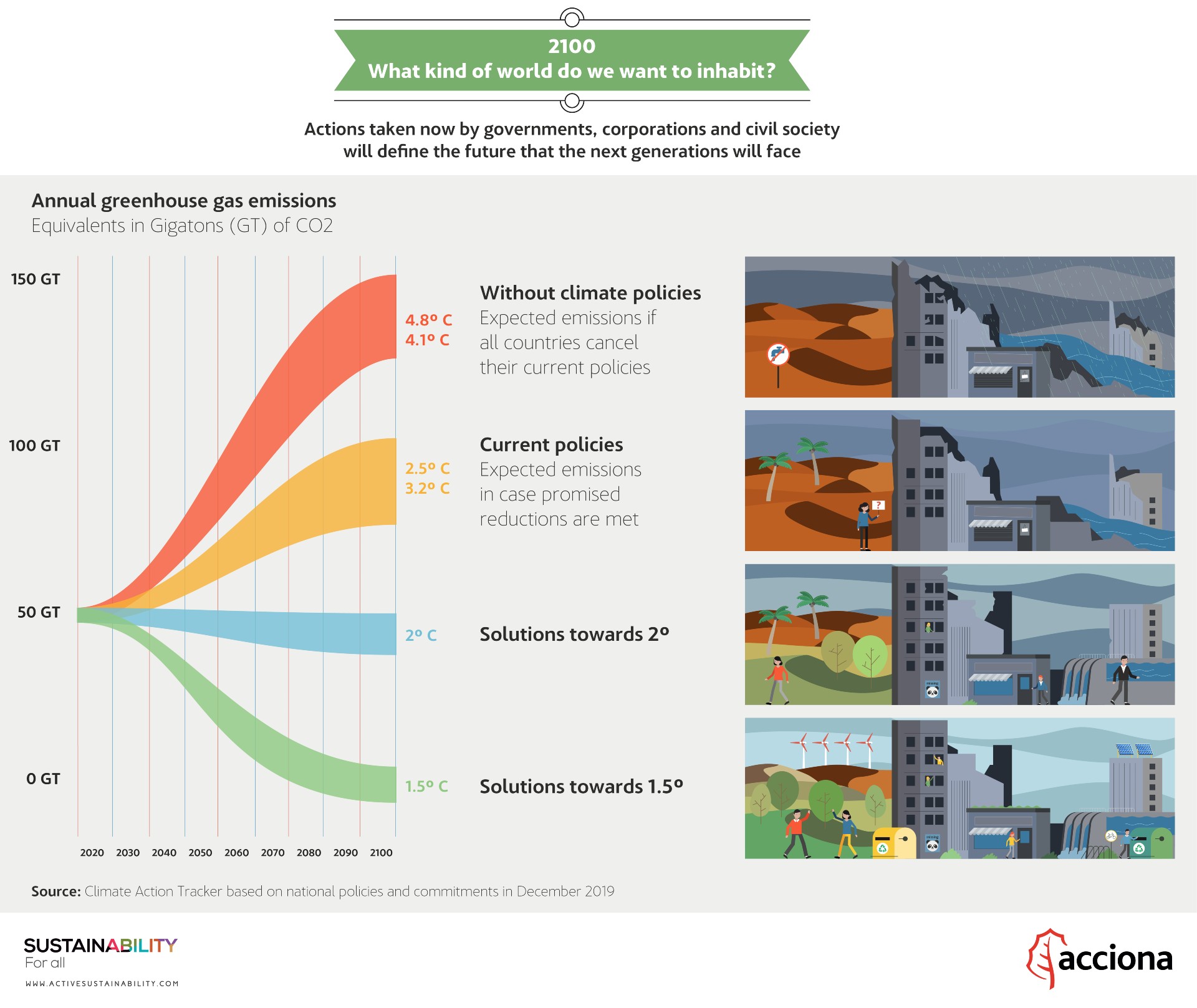
Current policies: 3°C increase
Reality puts us in the third climate scenario. Although governments have heard what scientists and experts have warned for decades, the measures that have been put in place are not enough. With current plans the world will heat up 2.8°C by the end of the century, almost twice as much as recommended by the IPCC.
There remains a substantial gap between what governments have promised to do and the total level of action they have undertaken to date. The current policies would lead us to an aggravation of the consequences mentioned above: extreme weather events would increase, the melting of the poles would accelerate, the rise in sea level would exceed 60 centimetres, the average duration of droughts would reach 10 months in the worst affected areas and the days of extreme heat would add up to 30 in areas of Europe instead of 10 if the rise were limited to 1.5°C. In addition, it is estimated that it is 275 million people worldwide live in areas that will eventually flood because of this temperature rise.
Worst scenario: increase of more than 4°C
Imagine that governments and businesses take no action to fight climate change. That the Paris Agreement or the scientists' analyses are ignored and we continue to maintain the same production and consumption systems. How do you think the planet will be in 2100? The worst climate scenario would put us in a position of real catastrophe.
In the absence of climate policies, global warming is expected to reach between 4.1°C and 4.8°C above pre-industrial levels by the end of the century. According to a recent report by the World Economic Forum, the consequences of this increase would be catastrophic:
- The increase in sea level could exceed 80 centimetres.
- Flooding of coastal cities and the disappearance of territories.
- Increased risks to food production and, consequently, higher rates of malnutrition and hunger.
- Increased aridity in many arid regions and higher humidity in humid regions.
- Unprecedented heatwaves in many regions, especially in the tropics.
- Severe droughts and water shortages.
- Increased intensity of tropical cyclones.
- Irreversible loss of biological diversity.
In short, the world as we know it would not exist and the living conditions on the planet would be very harsh.
Despite this bleak picture, experts still leave a door open to optimism. We know the possible climate scenarios that are opening up over the next hundred years. Now is the time to take action that will change the course of the planet and offer a sustainable future for all. Actions to reduce emissions, limit temperature rise and thereby mitigate the effects of climate change.
Sources: IPCC, Climate Action Tracker, World Bank



